The content of the article
A high concentration of calcium with magnesium makes the water hard. Components are deposited on the walls of the washing machine and kettle in the form of scale, reducing the life of household appliances. The more additives there are in water, the worse soap and powder foams, so during washing you have to spend not one package, but two. Magnesium with calcium can accumulate in the body, causing health problems. In order for the equipment to serve for a long time, while the close ones did not get sick, it is necessary to clean and soften water.
High temperatures
Boiling kills harmful bacteria and turns impurities into carbon dioxide and sediment. An electric kettle for this procedure will not work. You will need a saucepan, the volume of which depends on the purpose of the water: if it is used for cooking food or tea, a five- or ten-liter container will suffice.Options with a capacity of 20 or more liters are suitable for washing or bathing. But to boil such volumes of liquid every day is quite time consuming, and monthly amounts for electricity will increase significantly.
You can soften the water for drinking by pouring it into a saucepan or an iron kettle. Put the container on the stove and turn on the medium or maximum heat, and when it boils, reduce to minimum. The water should stand on the burner for 45–50 minutes, after it is removed and allowed to cool. The liquid should be defended for about a day, it is possible and more so that the metals precipitate. Clean water gently drain, taking care that solid particles do not rise from the bottom and remain in the pan.
In a similar way, soften the water from the kettle. If, after making tea, liquid remains in the device, it is necessary to carefully pour it into a jug or glass jar, hiding the container from direct sunlight. 12 hours is enough for the harmful metals to precipitate and the water becomes potable.
Boiling has two significant drawbacks:
- It is necessary to regularly wash the pot or kettle from scale, or to buy new dishes annually.
- High temperatures contribute to the evaporation of useful components and oxygen, so this water can not be used for watering indoor plants and re-boil.
Not pleased with the taste of the heat-treated liquid. It is necessary to alternate boiled water with distilled water, otherwise the digestive system will suffer.
Cool way
Magnesium and other salts freeze at very low temperatures. The laws of physics can be used to soften and purify water. It is enough to fill a glass jar or pan with liquid and place the container in the freezer. In winter, the role of the refrigerator performs a balcony.
It is necessary to control the process of freezing, because you need to wait until 75–90 percent of the water turns into a piece of ice, but a small amount will remain in a liquid state. It is in those 25–10% that salts will remain that drain into the sink. Defrost the home iceberg at room temperature and apply as prescribed. This water contains oxygen and some beneficial components, so it is suitable for watering plants and daily ingestion, cooking and washing.
Need to soften the water from the well or the well for washing or bathing? If there is a large metal bath or several plastic barrels in the farm, the tanks should be hidden under a shed or in the shade. Fill them with liquid and stand for 3–6 days until a sediment appears on the bottom. Top gently poured, and the remainder with impurities to merge away from the trees and the garden. In a similar way, they purify rainwater, but it does not guarantee one hundred percent result.
Simple and useful
Reduces the concentration of salts and silicon. The material has long been lined with the inner part of the wells and laid in several layers on the bottom. Silicon wafers are used in city apartments. To soften the drinking water, you need to collect it in a separate jar or pan, and immerse in a few pieces of washed and sterilized silicon. Leave for 2-3 days, and preferably for a week, so that the plates absorb salt. The water will become softer and tastier. The mineral will make the drinking liquid not only clean, but also useful, because it gives it useful components. Silicon water is used in alternative medicine for the treatment and prevention of certain diseases.
The method is suitable only for a small amount of liquid, from which you can make tea or food, or use it in its “raw” form.
Domestic water
Neutralizes salt and baking soda or soda. The first component is more harmless and does not dry the skin, so it is added to the liquid for washing. Water, cold or slightly warmed, mixed with soda at the rate of a quarter of a teaspoon per 250-500 ml. Stir until complete dissolution of the additive, wait 5–15 minutes and wash. The calcined variety is more aggressive and has whitening properties. Such soda is added to water for washing linen or clothing. Enough 1-2 teaspoons per 10-15 liters of liquid. The component can be immediately mixed with laundry detergent so that it foams better and removes even complex stains.
Soda ash will protect the walls of the washing machine from scale, it is also used to clean the electric kettle. Drink water with such an additive is not recommended.
Tip: Baking soda is added to pea or bean soups. The water becomes softer, and the beans interrupt the taste of the additive. The main thing - do not overdo it with soda.
Natural options
If the liquid from the tap dries the skin, it is advised to collect the required amount in a separate container and combine it with fruit or vegetable juices. In 250 ml of water, dilute from 50 to 100 ml of the natural ingredient and mix. Instead of juices, you can take a little pickle from cucumbers or cabbage. Acids that are present in the additive react with the metal salts and neutralize them.
Well proven and almond bran. The seeds of the sweet nut are pressed and squeezed out of them oil, and the dry oil cake is turned into thick plates that are sent to the mill. The workpiece is crushed and added to cosmetics. Almond powder should be diluted with water: a tablespoon of ingredient is a glass of liquid. The drink is suitable for washing and other hygiene procedures.
Cosmetic and laundry soap
To prepare the water for washing or bathing, you can use soap shavings. For the first case, an economic variety is useful; for the second, you should stock up with a cosmetic or handmade version. Cut a small piece from the bar and rub it to make 15–20 g of chips (a full tablespoon with a slide).Take a half-liter jar of water and add soap. Stir until foaming and complete dissolution of the component. In a barrel or saucepan with a volume of 10–12 l, pour water from the tap or from a well, add a soap solution. If a lot of foam, you need a few more liters of pure liquid.
Insist the whole night or day. During this time, the components of the soap will react with the salts of heavy metals and convert them to sediment, which will fall to the bottom. In the morning, gently drain the clear liquid and mix with 2-3 tablespoons of boric acid. Solution for a large wash ready.
The washing automatic machine from a scum will protect a laundry soap. Cut a quarter or less from a whole bar, wrap a piece in a cloth or pouch and put it in a drum. It remains to load the laundry, add the usual portion of powder and start the technique.
Dishwasher Cleaner
In the shops of household chemicals can be found softening salts, sold in the form of tablets. The tool is placed in the dishwasher to prevent the formation of scale on the heating devices and improve the condition of the plates and pans.
Cocktail for watering plants
Hard water is harmful for home colors.Watering liquid can be made from wood ash, which neutralizes impurities and protects plants from rot and bugs. In a liter of water, dissolve 3 g of the natural ingredient and slightly insist. You can strain or water with pieces of ash.
An alternative option is peat. It will take 10 g of the component per liter of water. Stir and moisten the soil in pots of flowers.
Filters and their varieties
Fans of home-made methods are trying to solve the problem of hard water with soda, ammonia or borax, but such methods cannot cope with all harmful impurities. The best and more modern option - filters.
Jugs are in demand because of the nice design that fits into the interior of the kitchen, and affordable prices. Inside the device is a replaceable cartridge. Substances that are in the filter plate, retain salt molecules and purify water. The jugs are practical and efficient, but the cartridge will have to be changed once a month and a half, depending on the concentration of impurities.
Ion exchange and magnetic options
A device consisting of two powerful magnets creates a strong field that attracts metal particles. Water passing through such a filter becomes softer. The method does not use chemicals, but its effect on the human body has not been studied. Such devices are more often used in boiler rooms to purify water that flows through pipes.
Ion-type softeners consist of two tanks: the first is filled with a special resin, the second is a saline solution. Water softening occurs in two stages. Liquid, getting into the office with the resin, eliminates the calcium and magnesium salts, iron particles and other impurities. Due to the salt solution, the water is saturated with sodium, therefore it becomes softer. It can be drunk, used for washing and hygienic procedures.
Reverse Osmosis Technology
Reverse osmosis filter will cost a lump sum, but this option is the most optimal for a private house and city apartment. It is suitable for softening aquarium and drinking water. The device is placed in the room and connected directly to the water pipe.
Water enters the first tank filled with a concentrated solution.There it is cleared of heavy metal salts, and further under the influence of high pressure it moves into the second section of the filter. Here the concentration of the solution is lower. The substance weighs particles of harmful impurities, and they linger inside the semipermeable membranes.
The water that comes out of the filter resembles distilled composition. The only drawback of such a system is that it removes both harmful and useful minerals. We have to restore the composition of the liquid, so that it becomes potable. Reverse osmosis technology can be used to purify water intended for bathing, washing dishes or washing.
Filter for washing machine
Dishwashing machine is protected from scaling by softening salts, and washing - by a magnetic ball. Inside this specific filter is the tip, which attracts metal molecules. The magnetic field does not allow harmful impurities to settle on the pipes and at the same time clears the device from the layer of solidified plaque.
Particles of iron and magnesium as if scraped off the raid, and it comes out with the drain water. If you use a magnetic ball during each wash, you can increase the life of the washing machine and save money.Soft water is a smaller amount of powder and electricity, because a tent without scale builds up faster.
Tip: Magnetic filters are installed on clean pipes only. Scale before installation work is cleaned with vinegar or citric acid. The layer of frozen plaque does not transmit electromagnetic waves, so the device is useless.
Means for cleaning and softening water may seem too expensive or difficult, but the effort and money spent pays off pretty quickly. The less harmful impurities in the liquid, the more economically consumed washing powder, shower gels and shampoos. Soft water is a healthy kidney and gall bladder, beautiful skin and a guarantee of well-being of all family members.
Video: how to deal with hard water

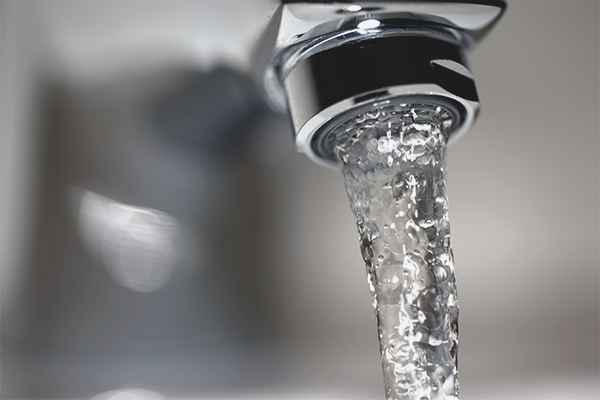

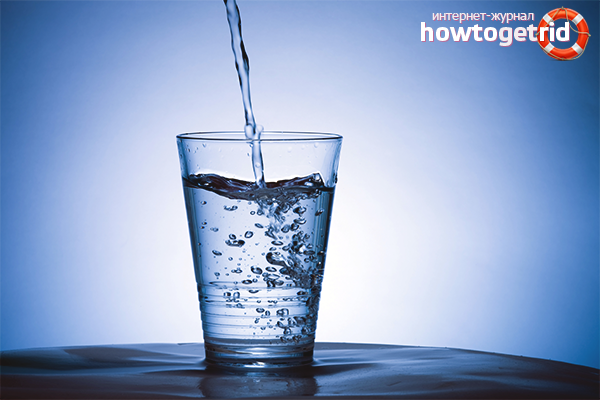
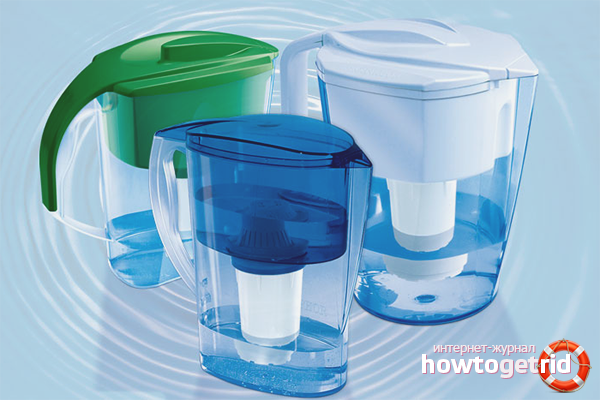

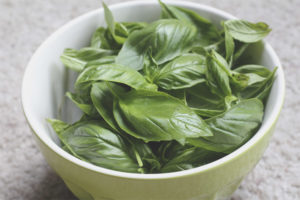

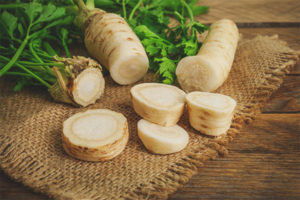

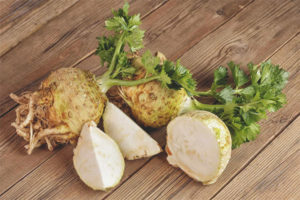
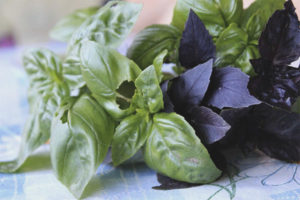
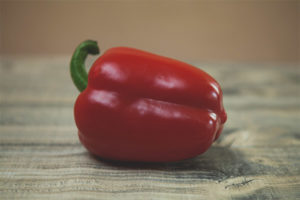
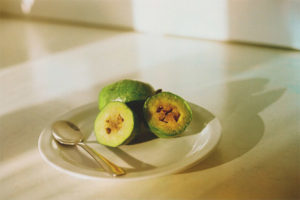
To send